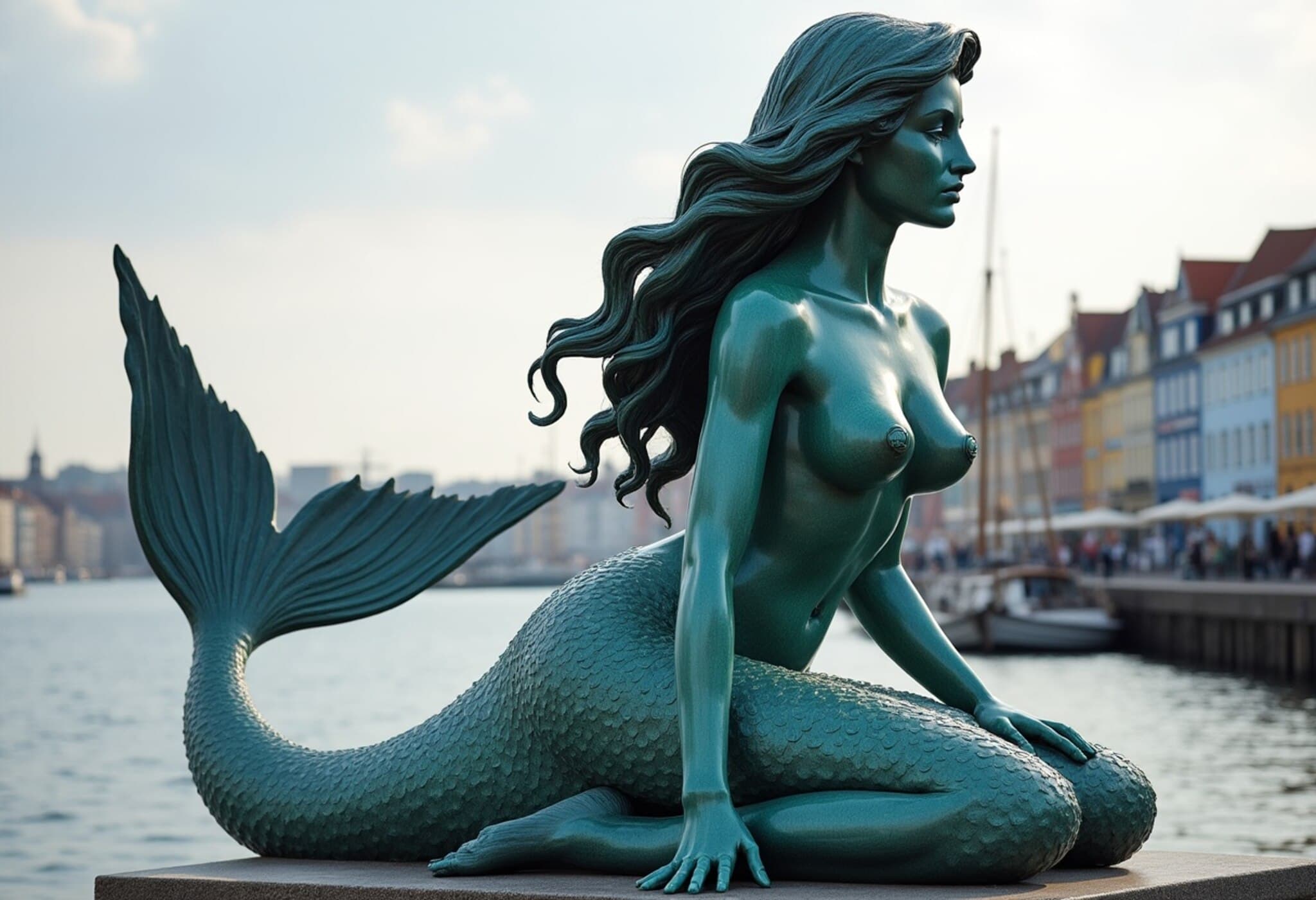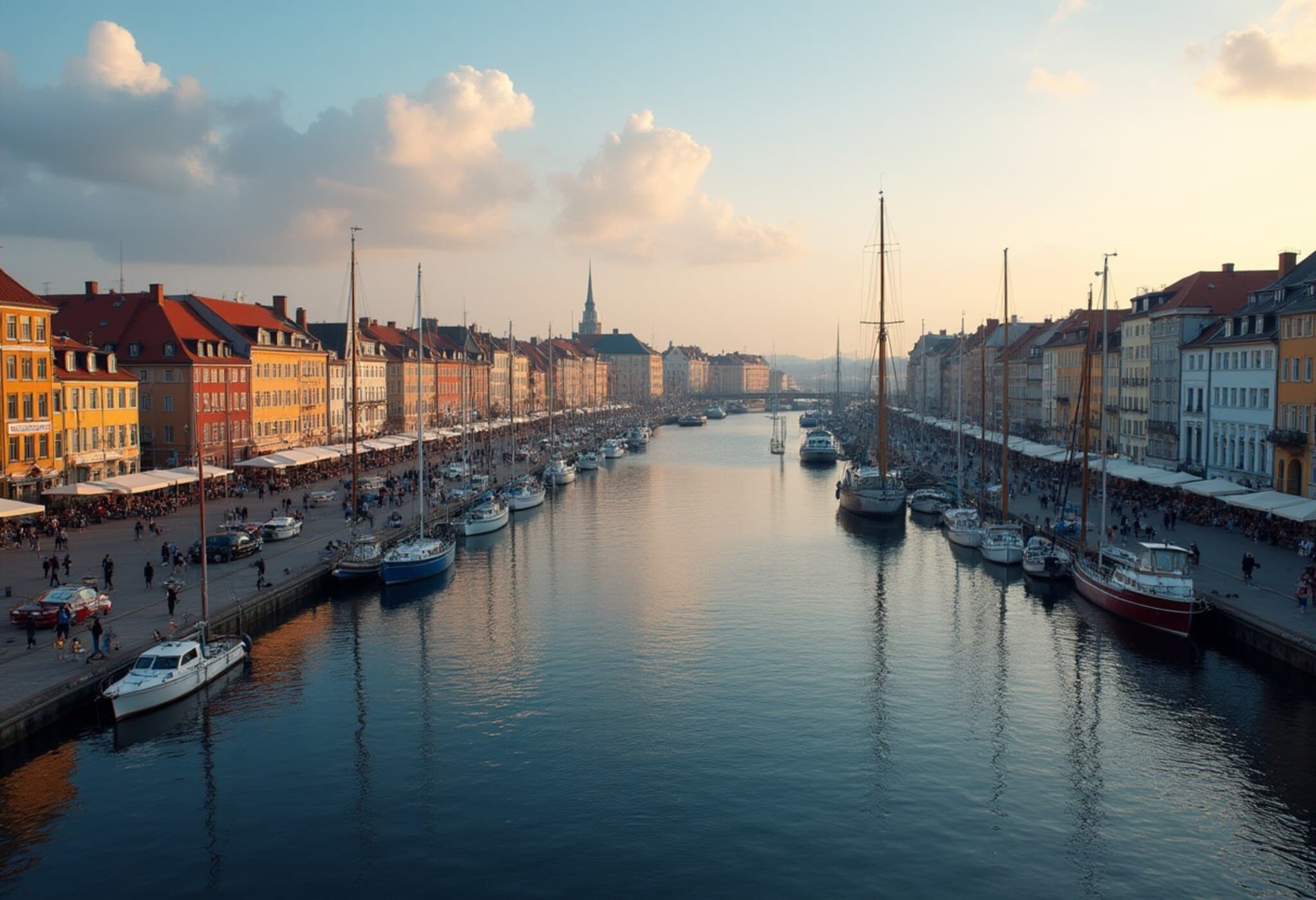Denmark to Remove ‘Big Mermaid’ Statue Amid Ongoing Controversy
In a move stirring debate within Copenhagen's cultural and artistic circles, Danish authorities have announced plans to dismantle the four-metre-tall statue known as the Big Mermaid. The statue, often criticized for its pronounced feminine features, has been at the center of controversy for years, described by some detractors as “pornographic” and “vulgar.”
The Story Behind the Statue
Unveiled in 2006 near Copenhagen’s bustling harbor, a few hundred meters from the iconic Little Mermaid statue, the Big Mermaid was originally intended as a bold and striking public artwork. However, its exaggerated physical traits—particularly its large breasts—have sparked heated discussions about body image, artistic expression, and cultural values.
Due to public complaints in 2018 labeling the statue as overly sexualized, it was relocated to Dragør Fort, an historic coastal fortification several kilometers south of the city. Yet, even in its more secluded setting, the controversy trailed the statue, culminating in the recent decision by the Danish Agency for Palaces and Cultural Heritage to remove it entirely. Authorities argue it no longer aligns with the cultural heritage of Dragør Fort, which dates back to 1910.
Voices From Both Sides of the Debate
Peter Bech, a Danish restaurateur and the statue’s creator, has vocally opposed the removal. Speaking to Danish broadcaster TV 2 Kosmopol, Bech asserted, “The mermaid has completely normal proportions in relation to her size. Of course the breasts are big on a big woman.” He emphasized the statue’s role in attracting tourists, dismissing the sexualization claims as “pure nonsense.”
On the other hand, critics have challenged the depiction as reinforcing unrealistic and objectifying ideals of female beauty. Mathias Kryger, an art critic with Politiken, labeled the Big Mermaid “pornographic,” while Sorine Gotfredsen of Berlingske remarked that the statue represents “a man’s hot dream of what a woman should look like,” which is unlikely to help women embrace their natural bodies. Additionally, some commentators voiced concern that the statue’s proportions perpetuate body shaming toward ordinary women.
The Cultural Iconography of Mermaids in Denmark
Denmark’s Little Mermaid statue, created in 1913 and inspired by Hans Christian Andersen’s fairy tale, remains one of Copenhagen’s most beloved symbols and a major tourist attraction. The mixed reception to the Big Mermaid invites reflection on the evolution of public art and its role in representing societal values.
This dispute echoes similar controversies internationally. Notably, in 2023, Italy's resort town Monopoli experienced backlash after unveiling a mermaid statue with exaggerated physical features deemed vulgar by locals, sparking debates on artistic freedom versus cultural sensitivity.
Expert Insight: Art, Public Space, and Cultural Heritage
The Big Mermaid debate underscores a broader cultural dilemma: how to balance contemporary artistic expression with historical context and public sentiment. In the American context, similar disputes have unfolded around statues and monuments, where communities grapple with evolving narratives about identity and representation.
Public artworks are powerful storytelling tools, but they also carry the weight of cultural ideals and social norms. Authorities must navigate these tensions thoughtfully, ensuring public spaces welcome diverse perspectives without alienating or marginalizing groups.
What’s Next for the Big Mermaid?
While the Danish agency prepares for removal, stakeholders including the artist and local community are calling for dialogue on alternative solutions—such as relocating or reinterpreting the artwork—to maintain its presence while addressing concerns.
The ongoing debate invites us to ask broader questions about art’s role in society: How do public artworks influence perceptions of body image and gender roles? Who decides what is appropriate for communal spaces? And how can cultural heritage evolve in a respectful, inclusive way?
Editor’s Note
The saga of Copenhagen’s Big Mermaid statue reveals a complex interplay between art, cultural heritage, and social attitudes toward femininity and representation. Beyond the questions of aesthetic preference lies a deeper conversation about inclusivity and the stories our public spaces should tell. As this issue unfolds, it challenges us all to consider whose vision shapes our shared environments—and how evolving cultural values should guide decisions about public art.












